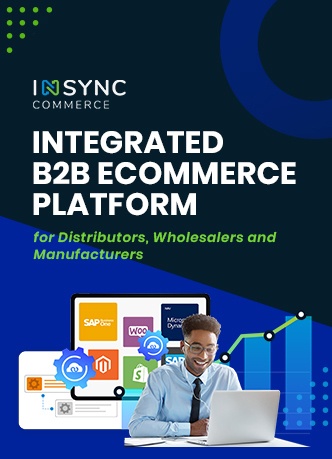
Shopping is not just buying things you need or want. It’s a complete experience often compared to Zen: visiting different shops, seeing the products, comparing products of not just the same shop but different shops, and finally buying what you like best. A successful online retail store must be able to give its customers an experience akin to what I listed just now, and then something more.
This is especially important for products that normally require touch and feel to be able to decide fully: apparel, fashion accessories, eyewear, home décor, toys, etc. This is necessary in order to:
- Feel the texture of the product, especially dresses and soft toys
- Check out the comfort level when holding or wearing the product
- Ensure quality and durability
- See how the product actually looks like; many people may not be able to imagine the actual size based on figures
For example, you may not be very conversant with the names of fabric types, but you can feel it and tell whether it’s good quality or not. Touch-and-feel may not be a problem for early adopters but a vast majority of conservative, majority target audience is not tapped which would like to replicate their offline experience to online before they buy the product.
Let’s see how we can solve some of these problems.
360 Degrees Product View
Whatever your product, you should upload good quality pictures and give its 360 degrees view to the customer. This increases conversion rates, especially in case of products like apparel, eyewear, etc. where buyer is keen to find out how the product will “look” on them.
Virtual Trial Rooms
Many e-tailers like Zovi, Lenskart, etc. have launched virtual trial rooms where customers can see how the product looks on them. Just like a regular bricks-and-mortar store. For example, Kingschest, an online store for home décor items, has launched an app that lets you select a room and decorate it with selected products to see how it looks. The virtual trial room idea could be extended to any product with some tweaking.
Try the Product on Mannequins
If you are a startup that finds launching virtual trial rooms pressing on the budget, you could let customers try the products on online mannequins (something like this). All you need to do is take various metrics from users to make the mannequin look more and more like them. For example, besides the usual length and size of the customer selecting a dress, you could ask for skin tone. After all, that does affect how a dress will look like actually. These added parameters will give the customer more confidence about your product. The image generated could even be shared on social networking sites to get a feedback from others before making a final decision.
Easy return procedure
Despite all your efforts to let your customer “see” how the product will “really” look, you are bound to come across ever-doubtful, conservative customers. To put their doubts at rest, have an easy return procedure. This will give them more confidence to buy the product. This does increase your operational costs (and you need to make sure this is used sparingly by doing one of the above things well) but gives a confidence for many people to go ahead and buy the product online.
Word-of-mouth and social recommendations
When we can’t touch and feel a product to decide, next best thing would be trust someone who has bought this item before, online or offline. Allowing your visitors and past customers to add their feedback to the product, and then allowing it to be discovered by their friends via their social network, allows a trusted shopping experience. Another way is to let people seek opinions from their friends before they make a purchase decision.
Electronic gadgets, computers and books account for more than 50% of online shopping; items that don’t require too much see or touch experience. There is a huge potential of conservative buyers to be tapped in other segments like clothing, accessories, jewelry, etc. too. All you need to do is employ one or more of the methods suggested in the article and get ready to engage more potential customers.
Image: FreeDigitalPhotos.net










